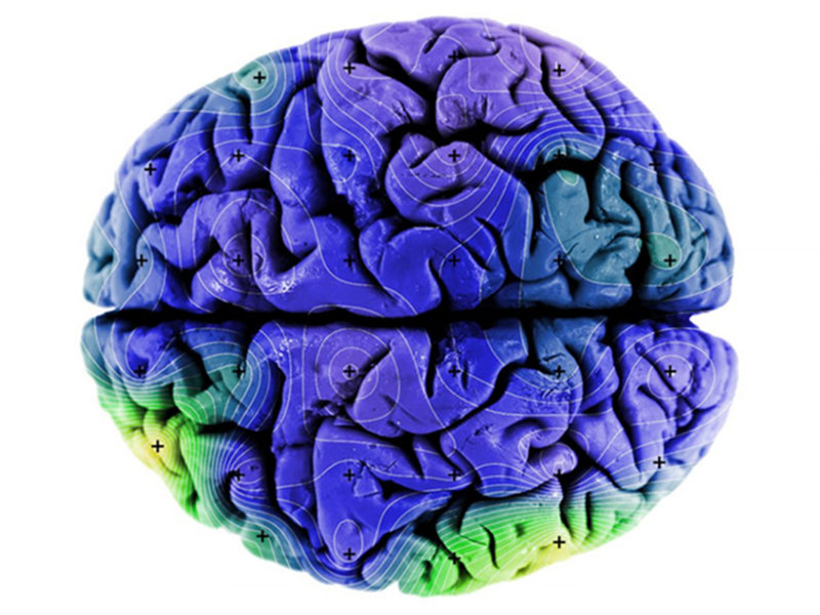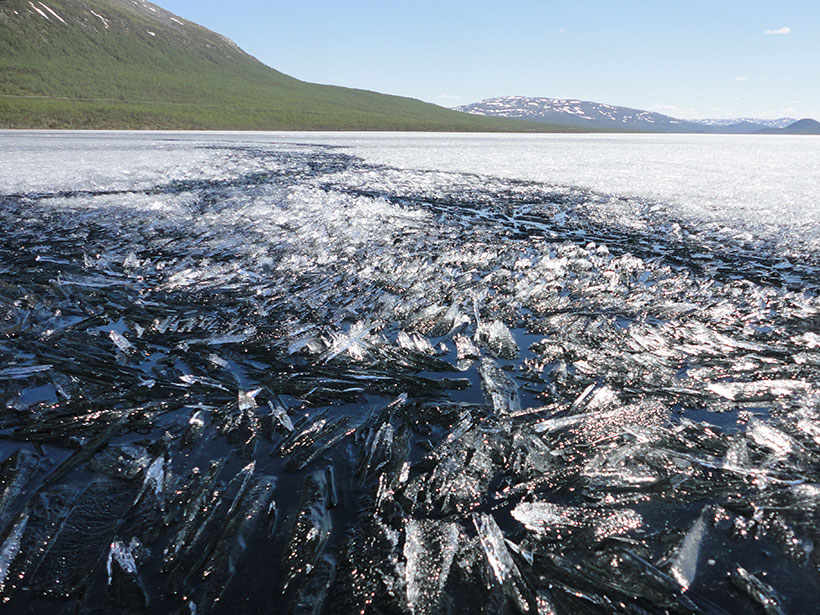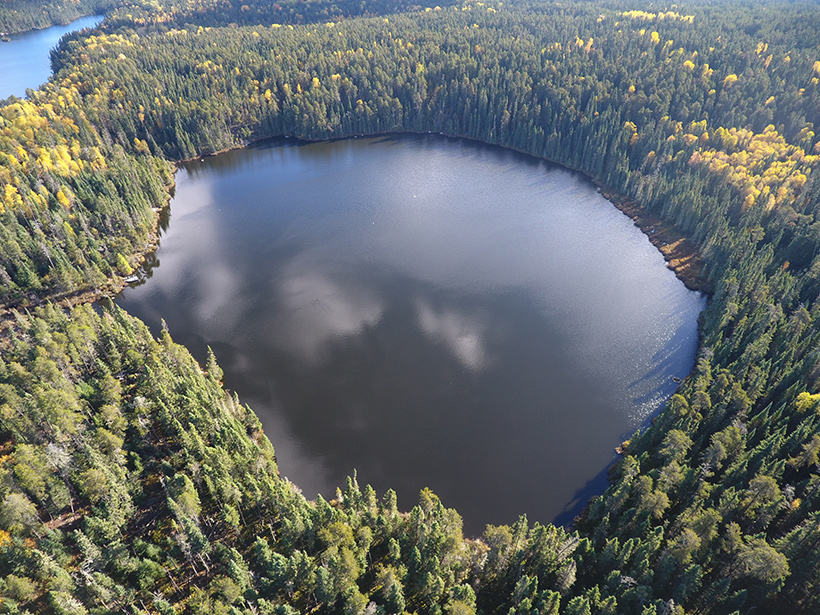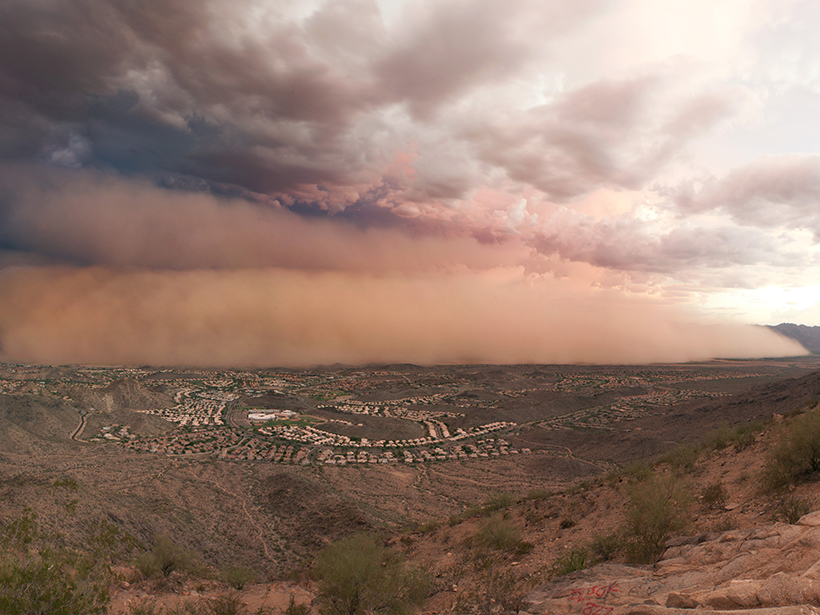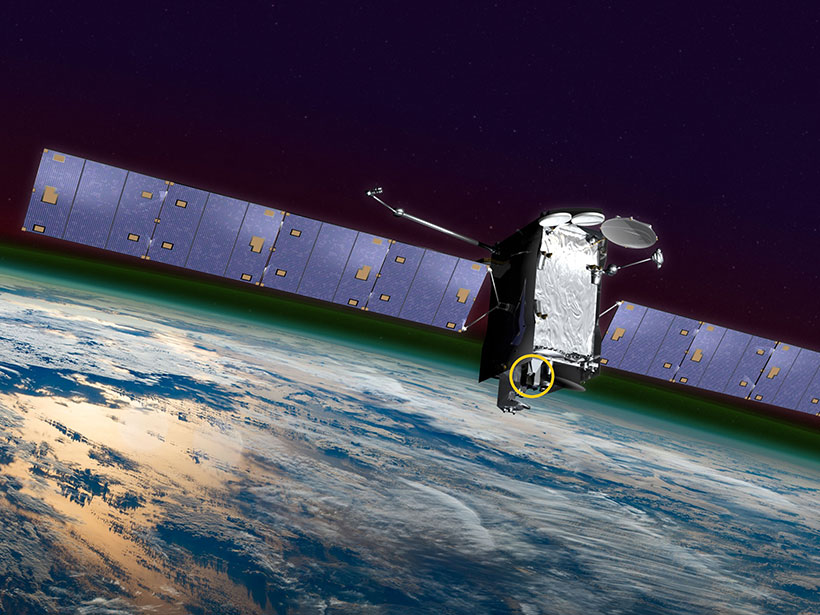One geophysicist deviated from his usual work on paleomagnetism to study the magnetic remanence of human brains.
AGU 2020
This Week: Obsolete Technology and Brand-New Discoveries
What Earth and space science stories are we recommending this week?
Rayos Planetarios: Misma Física, Mundos Distantes
Un rayo en el planeta Tierra necesita sólo algunos simples ingredientes para generar una chispa. Esos ingredientes existen en todo el sistema solar y más allá.
Lake Ice—and Ecosystems—in a Warming World
Extending ice records and standardizing sampling protocols are among recommendations to help researchers better predict how changing ice cover will affect aquatic ecosystems.
The Lasting Legacy of Phosphorus Buried in Lakes
Research at an experimental lake suggests that phosphorus inputs from runoff may affect the health of aquatic ecosystems long after external additions of the nutrient are reduced.
Dust Storms Associated with Increase in Critical Care Visits
Fine particulate matter from dust storms can exacerbate respiratory diseases, and now scientists have shown that critical care hospital visits spike during and after such events.
This Week: Thirsty Rice, Engaged Investors, and a Bulky Starship
What Earth and space science stories are we recommending this week?
“Mushballs” May Drive Ammonia Transport on Jupiter
Hail might account for observed depletions of ammonia in the planet’s atmosphere.
A GOLDen Way to Study Space Weather
A NASA mission is observing airglow in the upper atmosphere and uncovering what it tells us about Earth’s space weather system.
Megaripple Migration Offers Insights into Martian Atmosphere
The movement of large sand ripples, documented for the first time, suggests Mars is windier than we thought.

